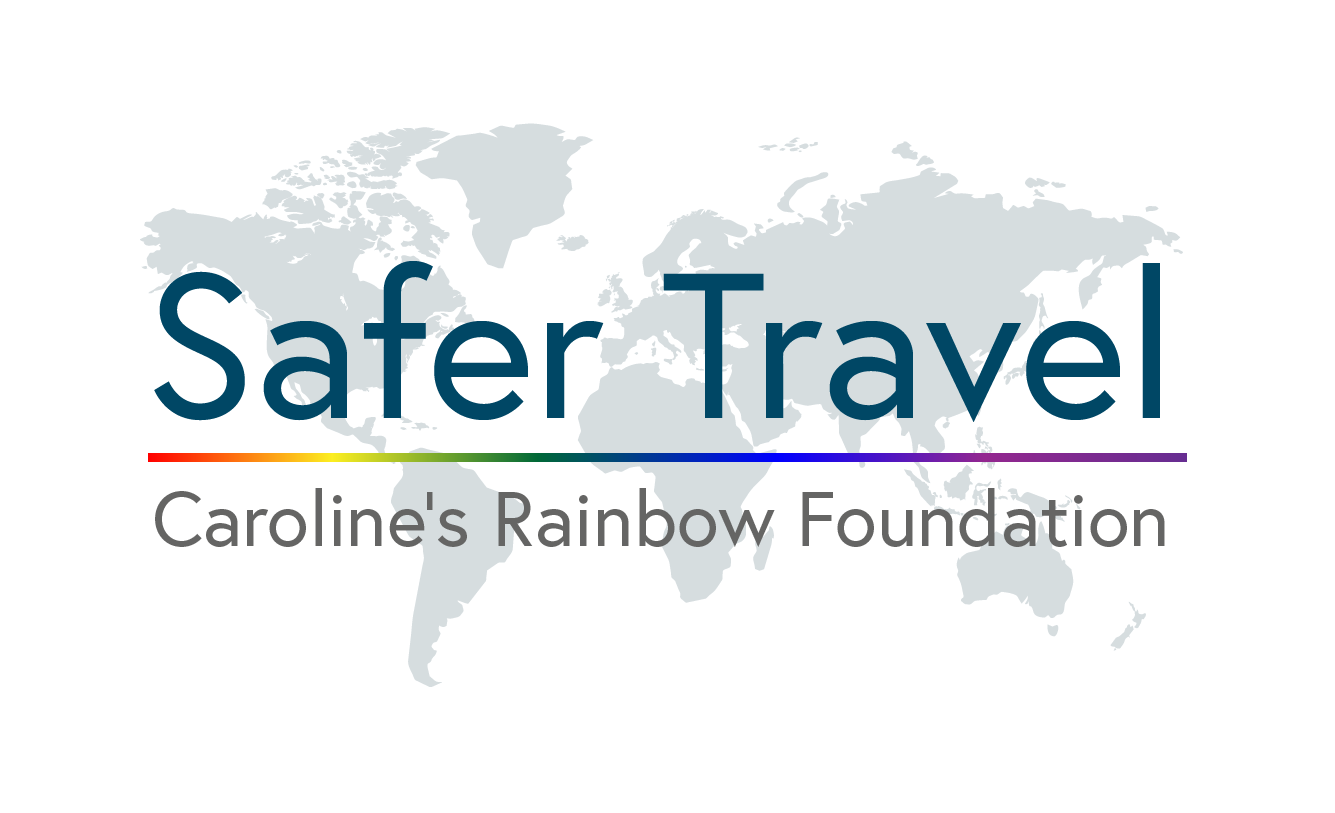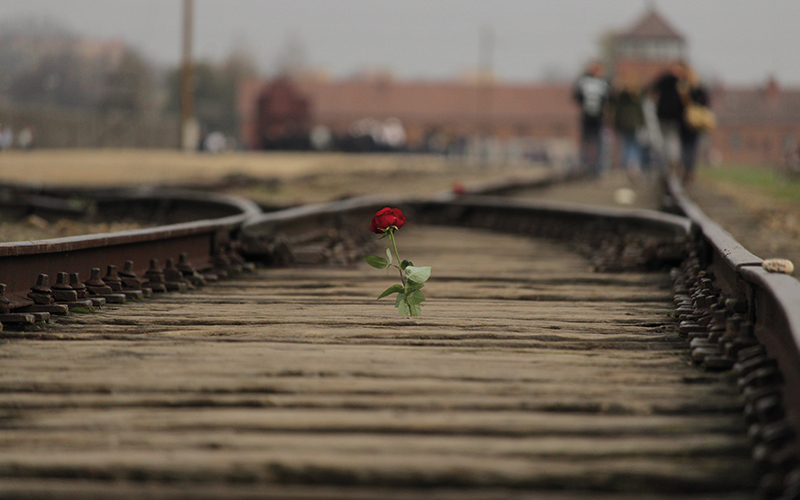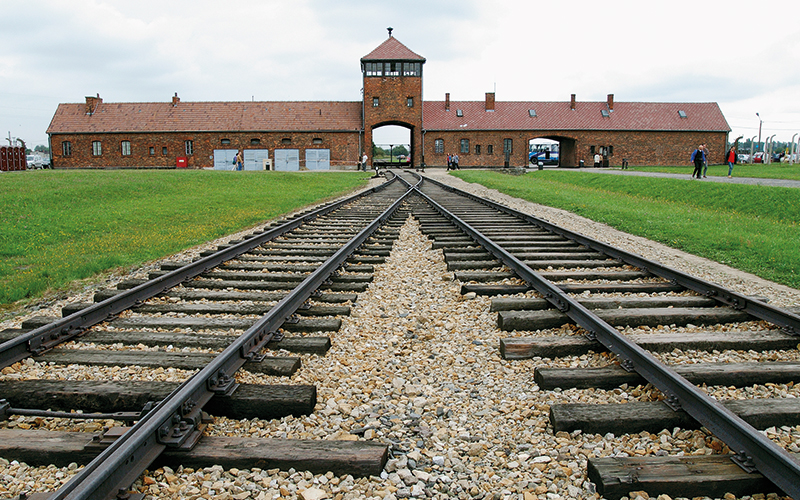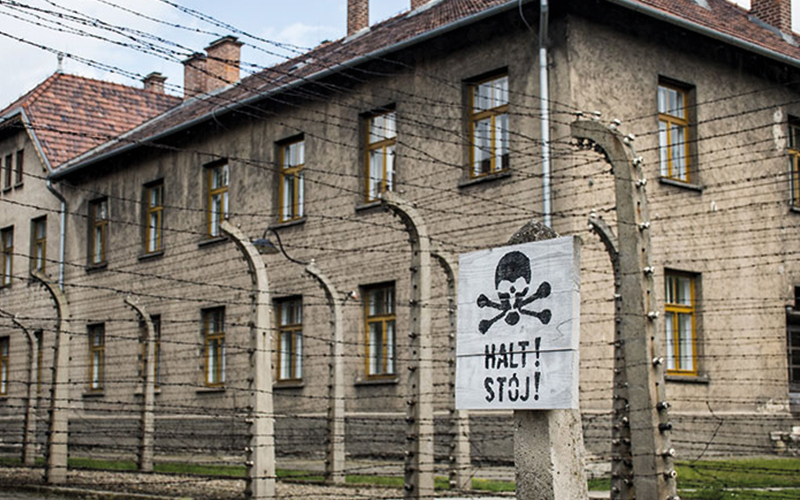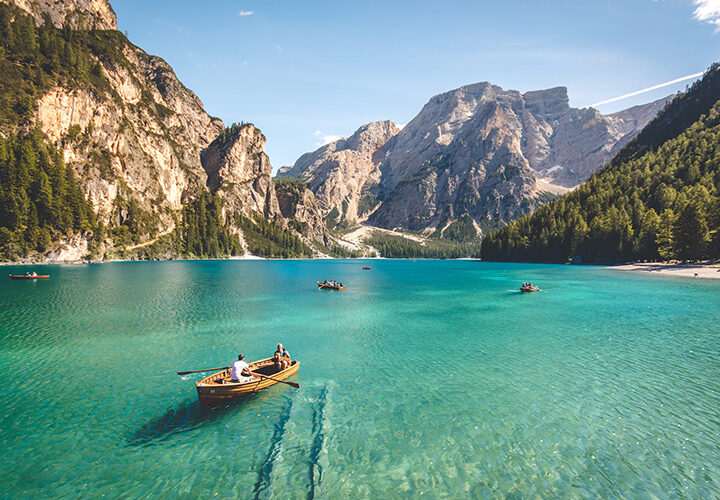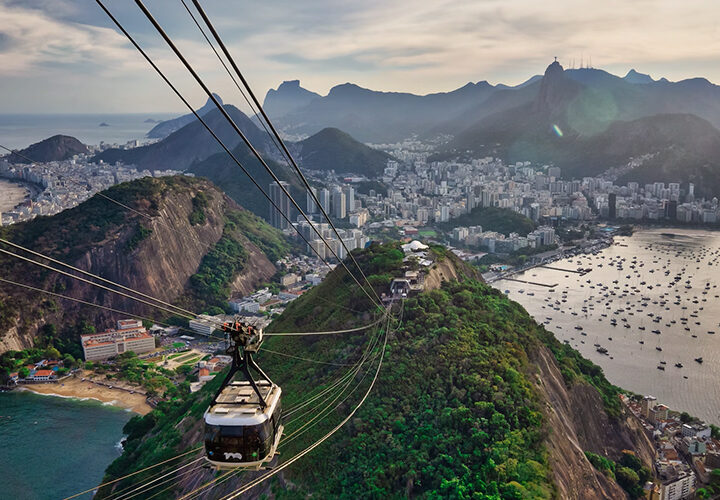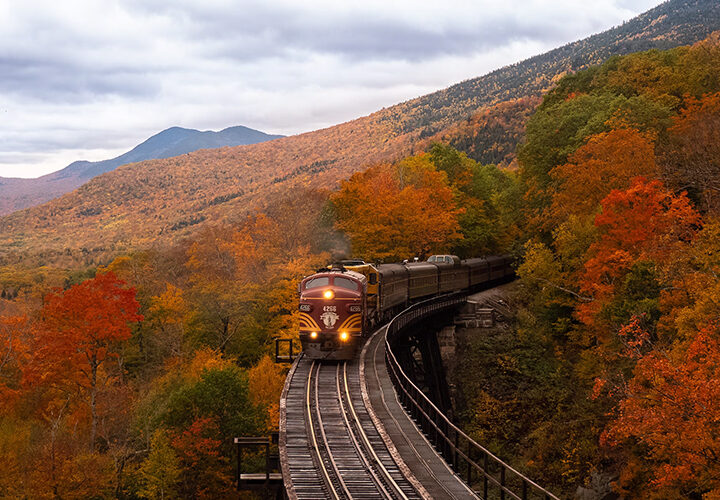Experiencing Auschwitz; In the Shadow of ‘Dark Tourism’
When I informed my friends and family that my Father and I were going to visit the Auschwitz-Birkenau Memorial and Museum, their responses fell into two categories; ‘Wow, that will be really interesting’ with a look of genuine interest or ‘What on earth do you want to go there for?’ with a look of complete bewilderment. Having visited other ‘Dark Tourism’ sites including the Tuol Sleng Genocide Museum and the Killing Fields in Cambodia and Ground Zero in New York, I felt that I was fully prepared for the sheer dreadfulness that awaited us.
We visited on the 27th of March, 2013, snow was forecast and the temperature was expected to be around -7⁰C.
Classifying myself as a traveller rather than a tourist, I shunned the thought of taking an organised tour from Krakow and instead, map in hand and with little to no understanding of the Polish language, we set off for the bus terminal. Finding a minibus to Oświęcim was quite straightforward, once we deduced that they departed from the bus terminal and not the train station, an easy mistake to make. The atmosphere on the minibus was far from convivial; there was something of a funeral procession feel amongst the passengers as we had the opportunity over the 75 minute journey to ponder what lay ahead.
Upon arrival, my first realisation was the sheer scale of the museum and its grounds.
Upon arrival, my first realisation was the sheer scale of the museum and its grounds. A multitude of coaches were parked outside and the main entrance was crowded with school groups and other tourists, awaiting entry. Despite the temperature and time of year, we would have to share the museum with a lot of people.
We decided to take the guided tour with a local, English-speaking guide. First though, we watched a short, documentary film in the cinema at the visitor centre which outlined the suffering of the inmates of Auschwitz alongside the development of the camp and, finally, its liberation by the Russians in 1944. Although I had some idea as to the history of Auschwitz, this film certainly gave a chilling context to what awaited us. The irony of sitting in a comfortable cinema being something the prisoners could have only dreamed of was not lost on me.
As we stepped out into the camp to begin our tour, I felt dwarfed by the enormous size of it and the volume of people presently inside; it was possible here to imagine being just one of thousands of people drifting through a seemingly endless sentence of imprisonment. Our guide spoke excellent English and as he utilised a radio microphone and we had radio receivers and headphones, it was possible to move freely around the site without losing his narrative. Within the more crowded exhibits this enabled us to view at our own pace without becoming frustrated at the presence of so many other tourists, something I am always guilty of when visiting busy tourist sites.
Although I had felt prepared for visiting arguably the most infamous prison in the world, the first thirty minutes proved otherwise. The weight of the suffering of the prisoners of Auschwitz literally hangs in the air and around your neck as one statistic follows another, as one visualisation of torture blurs into the next. The previous day as we flew from Leeds-Bradford airport to Krakow with Ryanair and the toddler seated behind me had repeatedly kicked my seat for two and half hours, I had lamented my own suffering; I felt instantly ashamed and the child was absolved of all blame. As we walked around a cell block decorated with photographic portraits of some of the prisoners, I finally understood what ‘gut-wrenching’ means; with the emptiness I felt deep in my stomach I did not think it would be possible to complete a full tour of the Auschwitz and Birkenau sites.
Many of the exhibits are designed for maximum shock value without being overly graphic and the famous room displaying tonnes of human hair was the most visually disturbing. This one image told a story that a room full of statistics could not; the subsequent displays of thousands of suitcases, shoes, pots and pans and even spectacles did likewise. This humanised the statistics and I think created a link between us and the prisoners. I started to imagine people wearing those shoes and spectacles and found that although I was sickened by what I saw, I now began to desensitise to the experience. I think I had reached the ceiling of my empathy for fellow man’s suffering and became numb to it. That was until we passed through the last remaining gas chamber towards the end of our visit of the Auschwitz camp. Our guide asked us to remain respectful and silent as we passed through here. This was easily the most emotionally significant event of the tour, the images that come to mind are beyond being able to describe.
My Grandfather, my Father’s Father, had spent a number of years in a POW camp in Poland towards the end of the war and so this trip had become something of a pilgrimage of sorts for my Father and me. Although he had not been incarcerated at Auschwitz, this would provide an opportunity for us to better understand the conditions that he had endured; if anything the biting cold enhanced this. If Dad complained about being cold when he was young, Granddad would tell him ‘you don’t know what cold is until you have experienced a Polish winter’; I think Dad fully understood what he had meant now. I wore four layers but by the time we left my bones were numb. The guide informed me that winter temperatures of -20⁰C would not be uncommon; on this day it was only -7⁰C. My Grandfather passed away when I was only four but I retain some strong memories of him and my respect for his bravery and integrity have been solidified by visiting these camps.
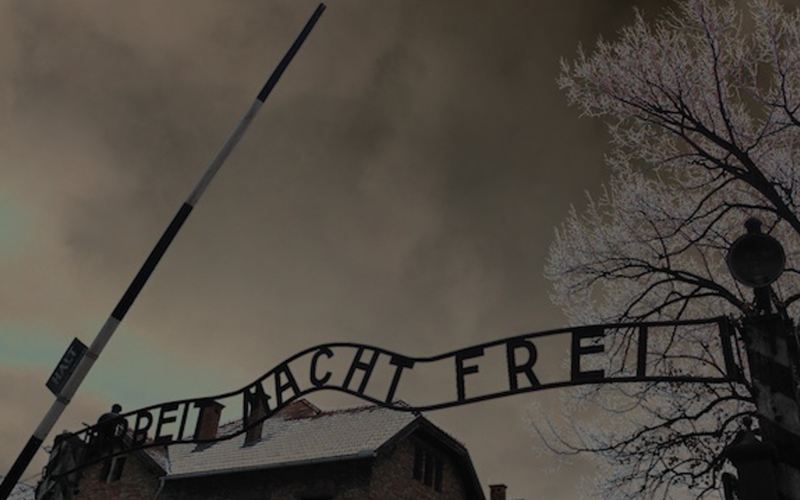
With retrospect I can appreciate why there were two distinct responses from family and friends about my visit to Auschwitz; it was a valuably enlightening experience but its attraction could be perplexing to many. I would liken it to driving past a car crash on a motorway and ‘having’ to look despite fearing the worst. I think this emphasises the very best and worst of human nature; being compelled to gaze upon travesty and injustice whilst being sickened and appalled by it at the same time. Each individual will have their own motivations for visiting but I can appreciate how contrasting ones could collide when choosing to visit this darkest of tourist attractions.
As an ‘attraction’, the Auschwitz-Birkenau Museum and Memorial delivers a powerful yet poignant message; perhaps the famous gates bearing the inscription ‘Arbeit Macht Frei’ or ‘Work Makes (You) Free’ should instead read ‘Wissen Macht Frei’ or ‘Knowledge Makes (You) Free’? The museum places an emphasis on visitors being respectful of those who suffered; personally, I could not imagine behaving any other way.
Written by Mark Mattinson
